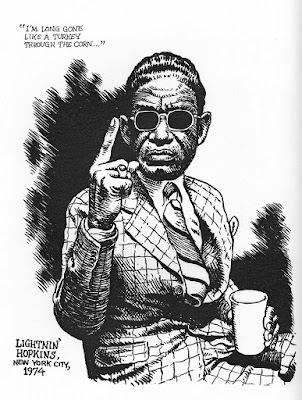Hendrick Goltzius was a German-born Dutch printmaker, draftsman, and painter. He was the leading Dutch engraver of the early Baroque period, noted for his sophisticated technique and the "exuberance" of his compositions. According to A, Hyatt Mayor, Goltzius was the last professional engraver who drew with the authority of a good painter, and the last who invented many pictures for others to copy".
According to Samuel van Hoogstraten, a student and biographer of Rembrandt, it was the master himself that encouraged his students to copy Goltzius engravings as a way to learn how to hatch.

























